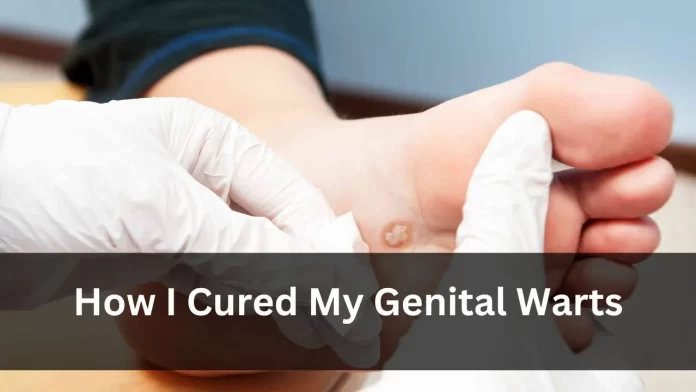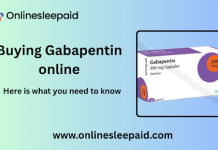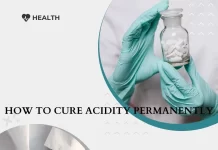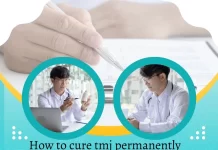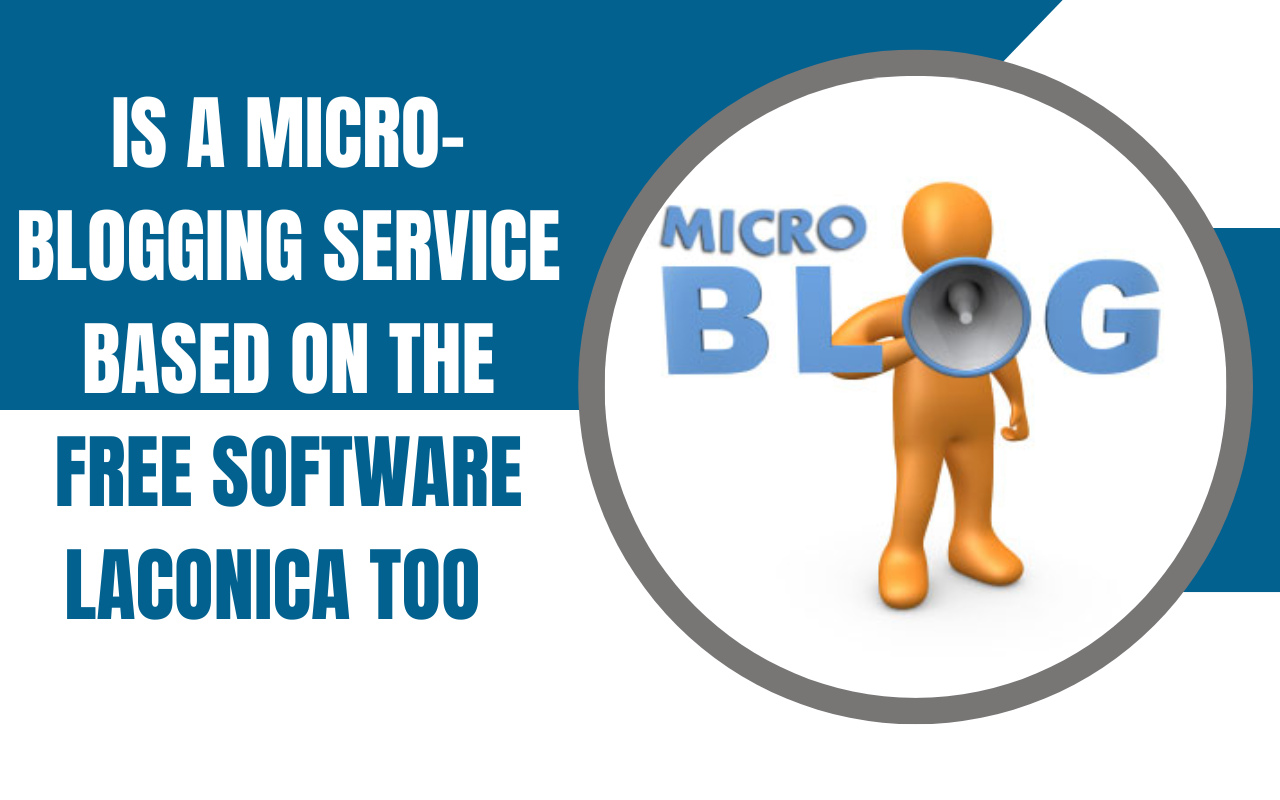Genital warts, caused by the human papillomavirus (HPV), can be both physically uncomfortable and emotionally distressing. While medical treatments are widely available, personal experiences of successfully overcoming genital warts can provide valuable insights and inspiration. In this article, we share a personal journey of how I cured my genital warts, shedding light on effective strategies, emotional resilience, and the importance of seeking professional guidance.
Understanding Genital Warts: Causes and Characteristics
Genital warts are highly contagious and sexually transmitted growths caused by specific strains of HPV. These small, flesh-colored bumps can appear on the genital and anal areas, and in some cases, cause itching, discomfort, and concern. Understanding the virus and its transmission is essential for devising a comprehensive approach to treatment and prevention.
A Personal Account: Overcoming Genital Warts
1.Seeking Professional Help:
Upon noticing the warts, I promptly consulted a healthcare professional. They confirmed the diagnosis, explained the available treatment options, and helped me understand the importance of early intervention.
- Medical Treatment Options:
My healthcare provider discussed various treatment choices, including topical creams, cryotherapy (freezing), and minor surgical procedures. We jointly decided on a suitable treatment based on the severity and location of the warts.
- Emotional Resilience:
Dealing with genital warts brought about emotional challenges. Through support from friends, family, and healthcare professionals, I learned to cope with the stigma and anxiety associated with the condition.
- Adherence to Treatment Plan:
Following the recommended treatment plan diligently was crucial. I used the prescribed topical cream as directed and attended follow-up appointments to monitor progress.
Effective Strategies for Genital Wart Management
Medical Treatments
- Topical Creams:
Prescription creams containing imiquimod or podofilox can help eliminate warts by stimulating the immune system or directly destroying the wart tissue.
- Cryotherapy:
Cryotherapy involves freezing the warts with liquid nitrogen. This procedure causes the warts to slough off as the tissue heals.
- Minor Surgical Procedures:
In some cases, warts may be surgically removed through techniques like electrocautery or laser surgery. These procedures are usually performed by a healthcare professional.
Lifestyle and Prevention Strategies
- Practising Safe Sex:
Using barrier methods like condoms and dental dams during sexual activity can reduce the risk of HPV transmission.
- Abstaining During Treatment:
Refraining from sexual activity during the treatment and healing process prevents spreading the virus to a partner.
- Regular Check-ups:
Routine visits to a healthcare provider for screenings and follow-ups are essential to monitor any recurrence and ensure overall reproductive health.
- Boosting the Immune System:
Maintaining a healthy lifestyle through a balanced diet, regular exercise, and adequate sleep can bolster the immune system’s ability to fight HPV and prevent recurrence.
The Role of Professional Guidance and Support
Healthcare Provider Expertise:
Consulting a medical professional is vital for an accurate diagnosis, personalized treatment plan, and ongoing guidance throughout the recovery journey.
Emotional Support:
Dealing with genital warts can evoke various emotions. Seeking support from friends, family, or mental health professionals can help navigate the emotional aspects of the condition.
Conclusion:
Overcoming genital warts involves a multifaceted approach that combines medical treatment, emotional resilience, and a commitment to preventive measures. Through my personal journey, I’ve come to realize that early intervention, adherence to treatment plans, and seeking professional guidance are key elements in successfully managing and conquering genital warts. By sharing my experience, I hope to provide encouragement to others facing similar challenges and empower them to take proactive steps toward their own healing and well-being.


